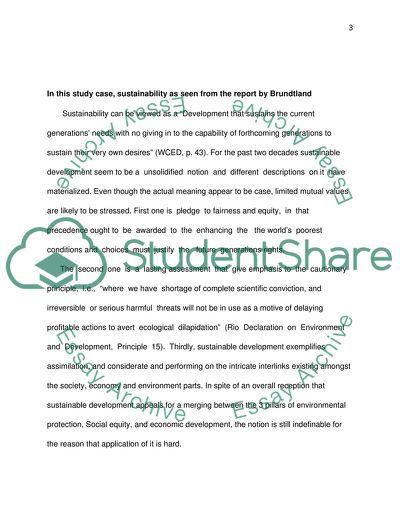Cite this document
(Challenges Facing Inclusion of Sustainability in Schools PPP Projects Coursework Example | Topics and Well Written Essays - 1500 words - 1, n.d.)
Challenges Facing Inclusion of Sustainability in Schools PPP Projects Coursework Example | Topics and Well Written Essays - 1500 words - 1. https://studentshare.org/engineering-and-construction/1850999-challenges-facing-inclusion-of-sustainability-in-schools-ppp-projects
Challenges Facing Inclusion of Sustainability in Schools PPP Projects Coursework Example | Topics and Well Written Essays - 1500 words - 1. https://studentshare.org/engineering-and-construction/1850999-challenges-facing-inclusion-of-sustainability-in-schools-ppp-projects
(Challenges Facing Inclusion of Sustainability in Schools PPP Projects Coursework Example | Topics and Well Written Essays - 1500 Words - 1)
Challenges Facing Inclusion of Sustainability in Schools PPP Projects Coursework Example | Topics and Well Written Essays - 1500 Words - 1. https://studentshare.org/engineering-and-construction/1850999-challenges-facing-inclusion-of-sustainability-in-schools-ppp-projects.
Challenges Facing Inclusion of Sustainability in Schools PPP Projects Coursework Example | Topics and Well Written Essays - 1500 Words - 1. https://studentshare.org/engineering-and-construction/1850999-challenges-facing-inclusion-of-sustainability-in-schools-ppp-projects.
“Challenges Facing Inclusion of Sustainability in Schools PPP Projects Coursework Example | Topics and Well Written Essays - 1500 Words - 1”. https://studentshare.org/engineering-and-construction/1850999-challenges-facing-inclusion-of-sustainability-in-schools-ppp-projects.


